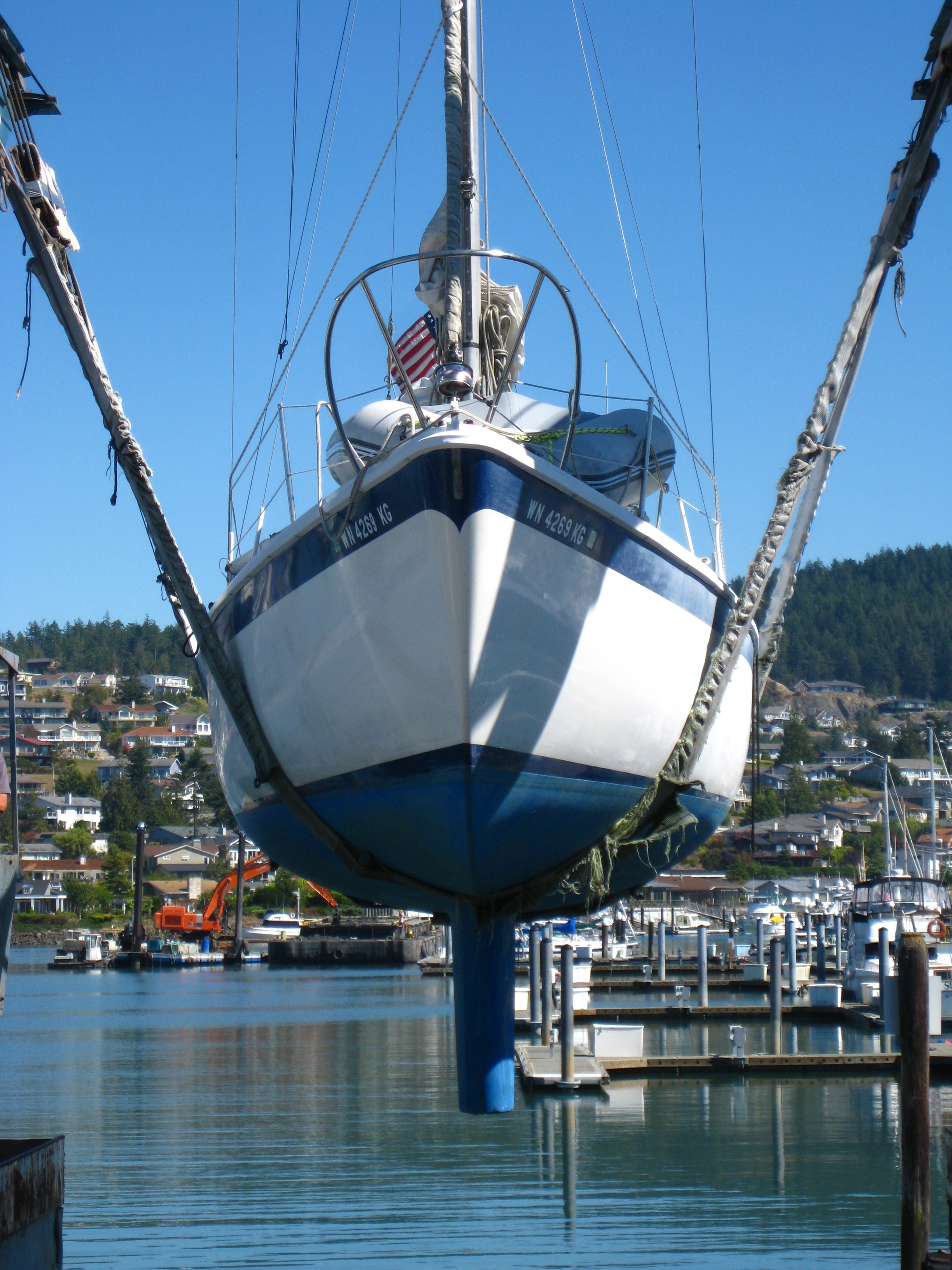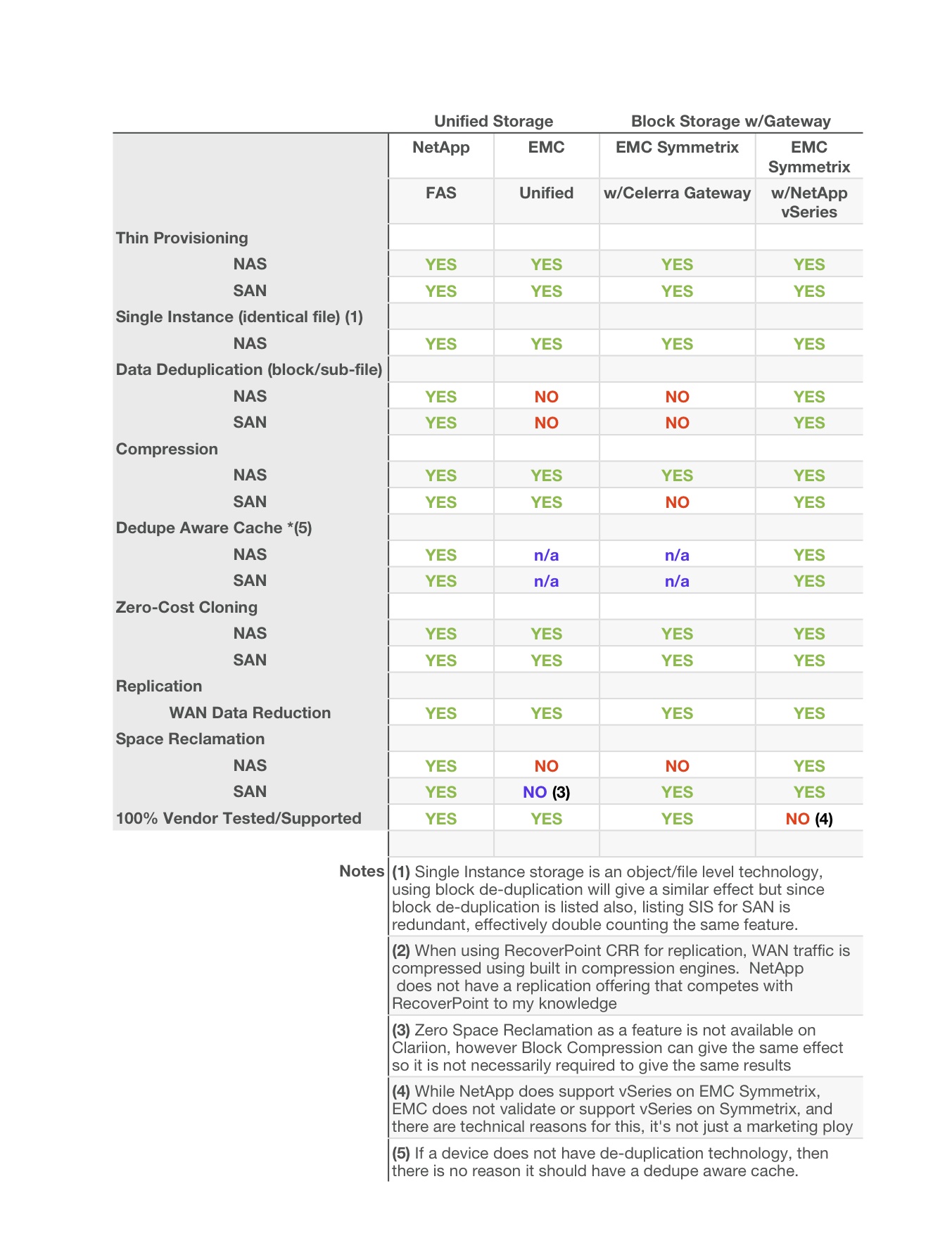While my peers have been blogging about the new CLARiiON and Celerra releases, both of which provide significant enhancements to the EMC CX4-based Unified platforms you already own, I thought I’d shift gears just a tad…
What if you are a Clariion CX/CX3 customer, or a CX4 customer who isn’t ready to upgrade to the newly released FLARE30 code, but want to simplify management of your storage environment, get better reporting, dashboards, wizards, etc. Well, you are in luck.
Just as with previous versions of Navisphere and FLARE, EMC offers off-array versions of Clariion management agents, servers, and GUIs. As of yesterday, that includes off-array versions of Unisphere. If you are a current customer of Clariion, you can login to PowerLink and download the Unisphere off-array software and build a management station. After installation, you can manage your existing Clariion CX/CX3/CX4 hardware without upgrading the FLARE code. As you upgrade your CX4 systems to FLARE30, new features will be enabled in Unisphere, and as you upgrade your Celerra NS systems to DART6, they can be added to the Clariion management domain and managed from the very same Unisphere instance. How’s that for easy and convenient?
But what do you get by using Unisphere to manage your non-FLARE30 systems? Unfortunately, you won’t be able to take advantage of FASTCache, FAST, Compression, and other features that are only available in FLARE 30, but there are some advantages..
First and foremost, Unisphere completely dumps the Navisphere tree-based management view and replaces it with end-result based tasks. So instead of creating several objects to provision raid groups and LUNs, then present to a host, you just run the “Allocate” wizard and select the array, disks/raid group/pool, LUN size, hosts, etc and commit.
Second, upon launching Unisphere and logging in, you are immediately presented with dashboard views showing the amount of used/available storage, and active alerts, all customizable, so you can see the state of your entire CLARiiON storage environment “at-a-glance”.
To install Unisphere today, login to Powerlink, browse to “Support > Software Downloads and Licensing > Downloads T-Z > Unisphere Server Software” and download “EMC Unisphere Server” and “EMC Unisphere Client”. Install them both to your Windows system and fire it up. If you have Navisphere off-array software already installed, Unisphere will upgrade the existing installation for you. You will also want to download and install Unisphere Service Manager (USM), also from Powerlink at “Support > Software Downloads and Licensing > Downloads T-Z > Unisphere Service Manager (USM).” USM will provide various support and service related tools including active technical advisories for your storage arrays.
Begin using Unisphere today and you get some immediate benefits, plus you will be ready to take advantage of new features enabled with FLARE30 (FAST, FASTCache, Compression, etc) as well as managing NAS across all of your Celerra systems once they are upgraded to DART 6. As a bonus, you’ll have a chance to get familiar with Unisphere before a future FLARE upgrade or new EMC Unified purchase forces you to learn it.
And did I mention you don’t have to buy anything or introduce risk with a firmware upgrade?





